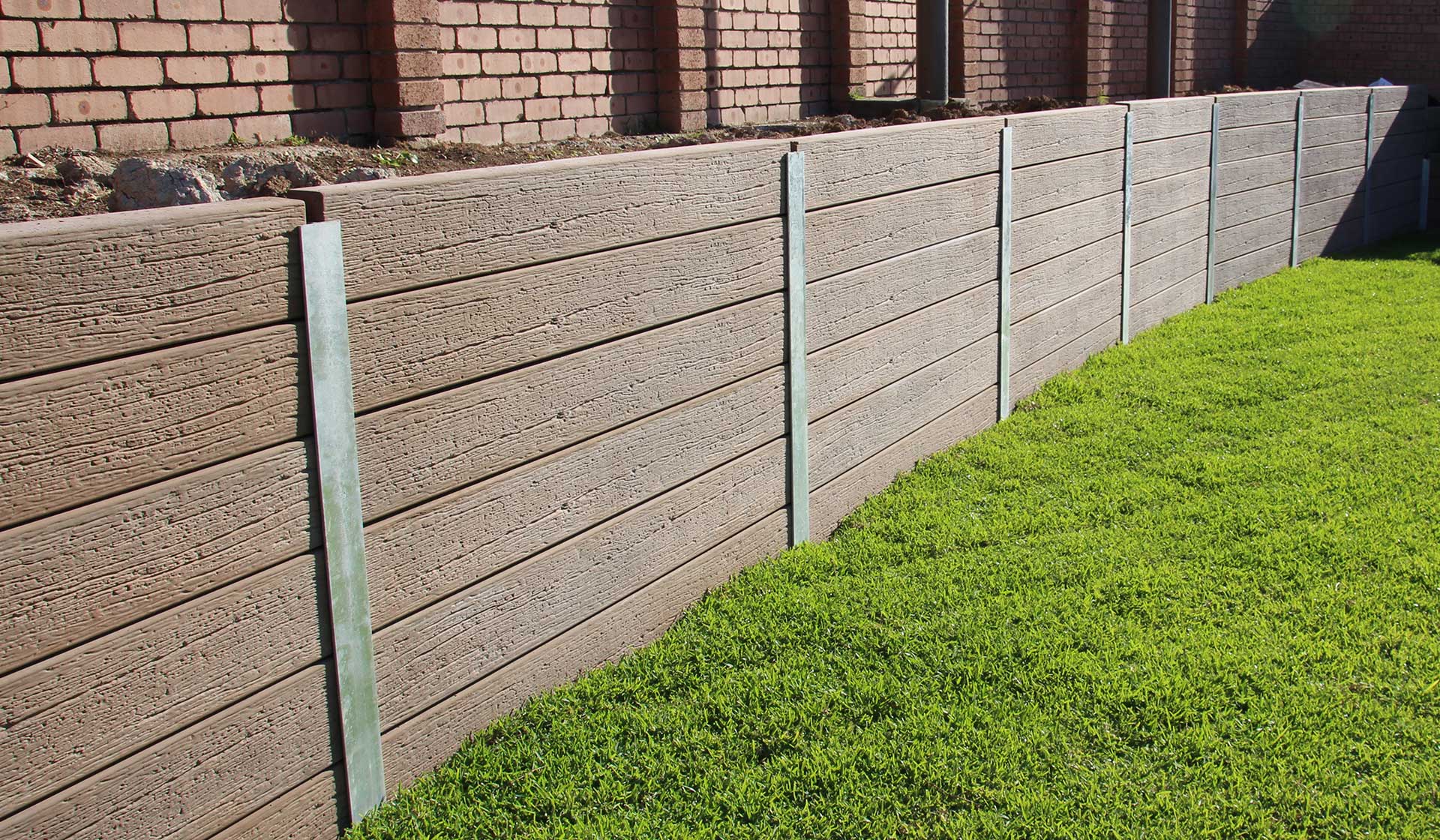Enhancing Residential Property Stability: The Role of Retaining Walls in Dirt Retention and Erosion Control
Preserving walls stand as silent guardians, playing a vital role in dirt retention and disintegration control. By checking out the subtleties of various types, layout factors to consider, building and construction techniques, and maintenance pointers linked with keeping wall surfaces, a much deeper understanding of their pivotal duty in boosting residential or commercial property security emerges.
Importance of Retaining Walls in Stability
Keeping wall surfaces play a critical function in holding back soil, avoiding erosion, and developing level surface areas in sloped locations. By offering structural support, maintaining walls help to rearrange lateral pressure caused by dirt, preventing landslides and slippage.
Keeping wall surfaces are especially important in uneven or uneven surfaces where soil disintegration is an usual incident. Without appropriate support, soil erosion can lead to the destruction of landscapes, compromising the honesty of frameworks and positioning risks to occupants. Maintaining wall surfaces work as barriers, maintaining the dirt and stopping it from moving downhill during hefty rainfall or various other environmental stress factors.
Additionally, retaining walls offer lasting benefits by minimizing upkeep costs connected with dirt disintegration and land instability. By buying properly designed retaining wall surfaces, home owners can make certain the long life and sustainability of their landscapes while promoting a aesthetically attractive and risk-free atmosphere.

Kinds of Retaining Walls for Disintegration Control
Gravity preserving wall surfaces are durable structures that rely on their weight to stand up to the stress of the soil behind them. Cantilever maintaining wall surfaces, on the various other hand, are developed with a thicker base and utilize a lever arm to withstand the dirt pressure.
For taller wall surfaces or where space is a restraint, anchored keeping walls are usually used. When choosing the appropriate type of keeping wall surface for disintegration control, variables such as dirt composition, wall surface elevation, and site conditions need to be carefully considered to make certain resilient security and effectiveness.
Style Factors To Consider for Dirt Retention
The height and area of the maintaining wall are vital factors that affect the overall style. Designers need to also think about the stress exerted by the maintained dirt and potential lateral lots to make certain the framework's security over time.
Furthermore, the product choice for the maintaining wall surface is important in boosting long life and functionality. Concrete, timber, gabion baskets, and all-natural rock are usual products used in maintaining wall construction, each with its one-of-a-kind benefits and factors to consider. Correct water drainage systems, such as weep openings and French drains, must be incorporated right into the style to avoid water build-up behind the wall, which can bring about structural failing and disintegration.
Building And Construction Techniques for Retaining Walls
When implementing design factors to consider for efficient soil retention, the building methods for maintaining wall surfaces play an essential duty in ensuring structural integrity and long-term security. The success of a keeping wall largely depends upon check that the building and construction approaches used. One typical technique is the gravity wall surface, which counts on the weight and mass of the wall surface itself to stand up to the pressure of the maintained dirt. Gravity walls appropriate for reduced to tool elevations and are fairly easy to construct. Retaining Walls Sunshine Coast.
An additional commonly utilized building and construction method is the cantilevered wall surface, which utilizes a concrete piece structure that expands in reverse into the kept soil. This design supplies additional stability and is appropriate for tool to high retaining walls. For taller frameworks, strengthened soil techniques such as using geogrids or dirt nails can be employed to boost the wall's strength and security.

Maintenance Tips for Residential Or Commercial Property Stability
To guarantee lasting home security, regular upkeep practices are vital for maintaining the stability of keeping walls and stopping erosion issues. Cleaning the surface of the preserving walls can additionally assist preserve their structural honesty by getting rid of dirt, particles, and plants that could deteriorate the wall over time.
In addition to visual assessments and cleaning, it is very important to check the drainage systems related to the retaining walls. Making try this site sure that drains are free from blockages and functioning correctly can stop water build-up behind the walls, which can result in stress and possible failing. Properly functioning water drainage systems are vital for managing water flow and minimizing the risk of erosion.
On a regular basis preserving and monitoring retaining wall surfaces according to these tips can extend their life-span and add to the overall security of the building.
Final Thought
In final thought, preserving wall surfaces play a vital function in improving residential or commercial property stability by stopping soil erosion and preserving dirt in location. Normal upkeep of maintaining wall surfaces is vital to ensure long-term security and protection versus erosion.
For taller wall surfaces or where space is a constraint, anchored maintaining wall surfaces are commonly utilized. These wall surfaces utilize cables or strips that are secured right into the soil or rock behind the wall to provide additional assistance. When choosing the suitable kind of maintaining wall for erosion control, variables such as soil composition, wall elevation, and site problems should be carefully taken into consideration to make sure long-lasting security and performance.
One typical technique is the gravity wall, which depends on the weight and mass of the wall surface itself to resist the stress of the retained soil. Cleaning up the surface area of the preserving walls can likewise help maintain their structural integrity by eliminating dust, particles, and greenery that could compromise the wall over time.